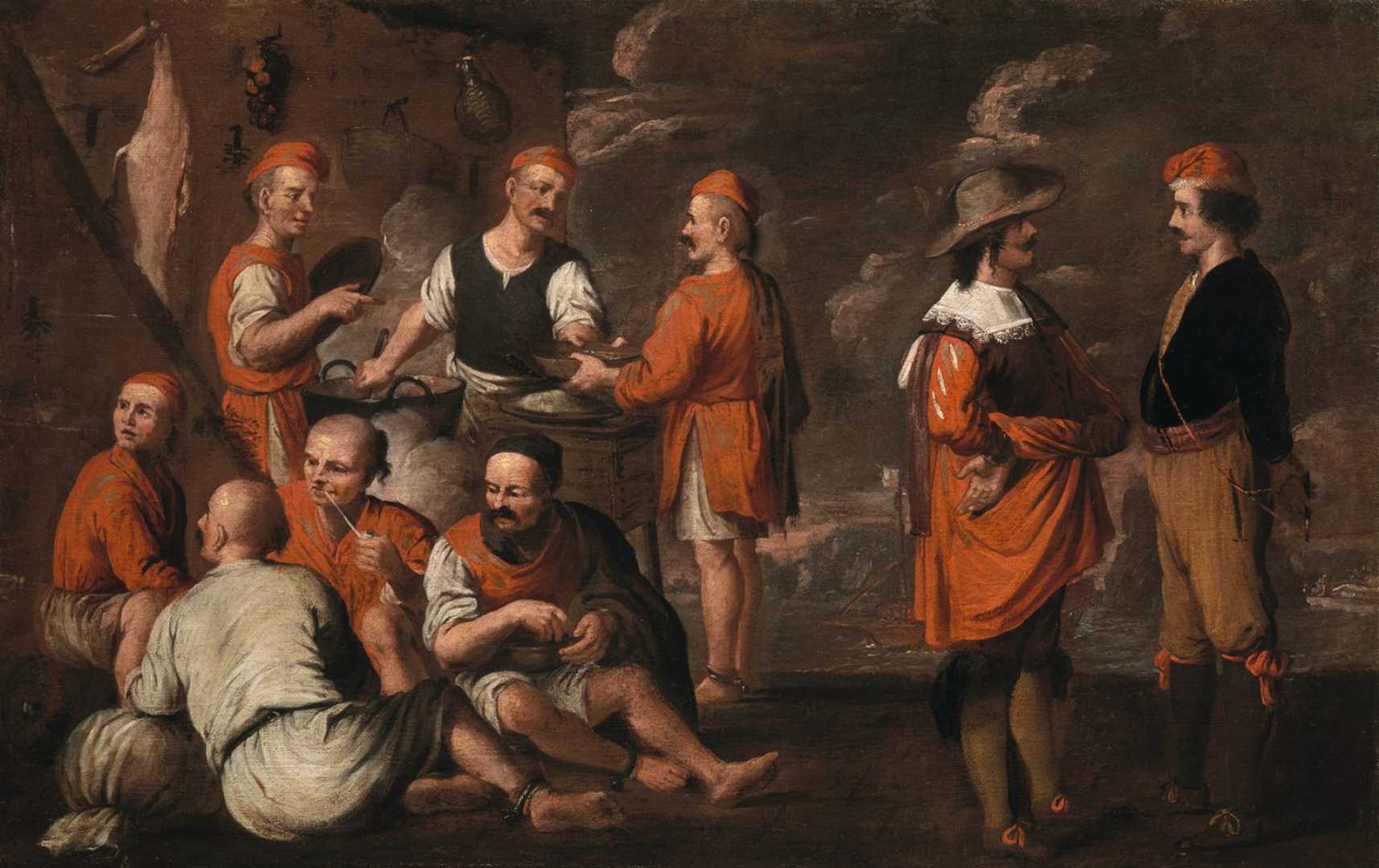Entertainment
New York Exhibition Explores 17th-Century Italy’s Art Market Evolution

NEW YORK, May 8, 2025 — An exhibition titled “Beyond the Fringe” at Nicholas Hall Gallery highlights the origins of the modern art market in 17th-century Italy. Running until May 24, the show features 30 works from various collections and examines how artists, dealers, and everyday tradesmen transformed the art landscape during that era.
The exhibition illustrates a time when the influx of art created opportunities for participants outside the traditional aristocratic and ecclesiastical realms. Scholars Patrizia Cavazzini and Caterina Volpi’s new research indicates that the burgeoning art economy thrived on a decentralized network of collectors and dealers.
“We can say that the modern art system began in 17th-century Europe,” Volpi explains. She compares Rome of that period to significant artistic hubs like Paris in the late 19th century and New York in the 1960s. This suggests that the cities were pivotal in reshaping art commerce.
Hall, a veteran Old Master dealer, adds, “Italy in the 17th century was a place of opportunity for foreign artists,” mirroring the influence of Artur Gorky and Willem de Kooning in 20th-century New York. Among those noteworthy expatriates were the Bentvueghels, a group of Northern European painters who opted for quicker, marketable works.
As documented by curator Lara Yeager-Crasselt, this new artistic approach resulted in popular genre scenes and landscapes that could be easily sold, marking a shift in the artistic narrative. Artists took part in the art trade, and many professionals, like barbers and lawyers, began to moonlight as art dealers.
With the rising popularity of art came an emerging class of collectors, including businesspeople and even courtesans, stepping into roles traditionally reserved for the elite. Giovanni Stefano Roccatagliata, an usher for Pope Urban VIII, is highlighted as a notable collector who engaged in buying works from famous artists like Bril and Caravaggio.
<p“Art could be bought in public spaces like Piazza Navona or a pub,” Hall notes, emphasizing the newfound accessibility of art. “This history resonates with museum directors and curators who aim to make art more available to the public.”
As interest in art grew among lower-class individuals, it allowed for a more entrepreneurial patronage network to flourish. Yeager-Crasselt remarks, “The idea that one could buy a painting in a barber’s shop reflects the value of art in people’s lives, transcending mere monetary considerations.”
In contemporary times, similar efforts are emerging to democratize art collection. In 2024, artists William Powhida and Jennifer Dalton debuted a unique purchasing model, allowing the public to acquire artwork under a “store-to-own” arrangement.
The current fair, happening from July 8 to 12, will be hosted by the Flag Art Foundation in Manhattan. “Our fair also allows people who usually can’t afford original artwork to have a chance to live with art,” Powhida and Dalton state, echoing the sentiments of 17th-century barber-dealers.












